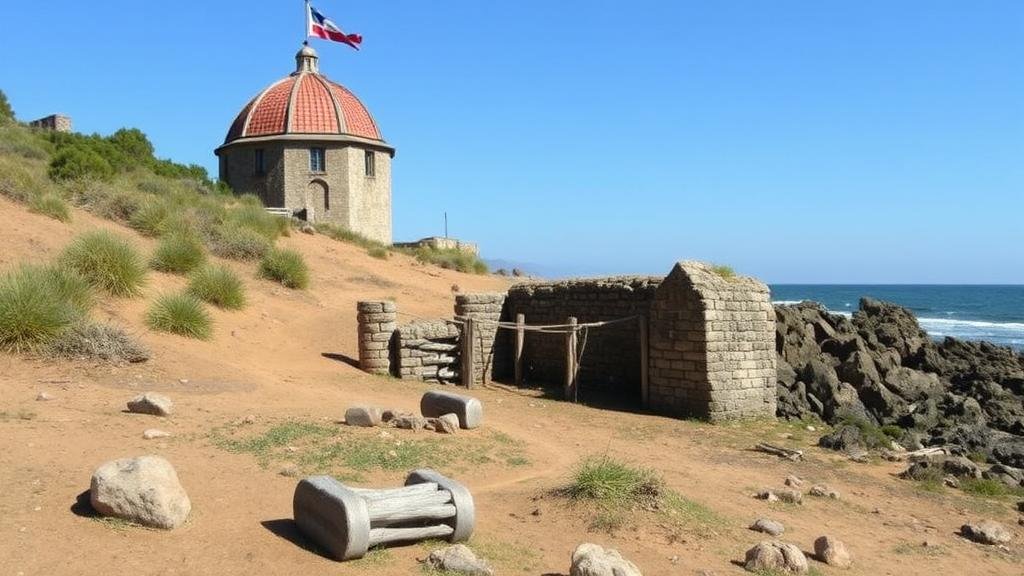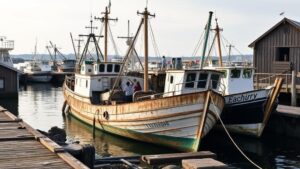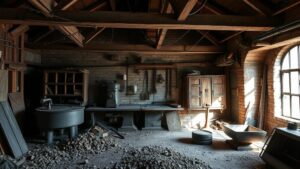Detecting for Spanish Reales in Early Coastal Settlements
Detecting for Spanish Reales in Early Coastal Settlements
The Spanish real, a silver coin that was prevalent from the 16th to the 19th centuries, holds significant historical value in understanding early coastal settlements, particularly those established by Spanish colonizers in the Americas. Detecting these coins not only reveals information about trade and economic activities of the era but also aids in identifying cultural interactions and influences among various communities. This article examines the methodologies employed in detecting Spanish reales in early coastal settlements, supported by case studies and archaeological insights.
The Historical Context of Spanish Reales
The real was initially introduced in Spain in the late 15th century and became a key currency in Spanish colonial trade. Its widespread circulation across the Americas facilitated economic exchanges and cultural integration. In many coastal settlements, such as St. Augustine in Florida, Spanish reales were commonly found in archaeological sites, reflecting the regions historical significance as one of the first European colonies in North America.
According to the United States Mint, the Spanish real was equivalent to 8 maravedis and served as a precursor to the modern dollar. approximate silver content of a Spanish dollar was around 27 grams, making it a valuable commodity for trade. In the context of early coastal settlements, the presence of these coins indicates the level of economic activity and interactions between indigenous populations and European settlers.
Detecting Spanish reales requires a multifaceted approach that encompasses archaeological survey techniques, metal detecting methods, and historical research. Below are key techniques utilized by archaeologists and hobbyist metal detectors alike:
- Site Surveys: Comprehensive site surveys are essential in identifying potential areas where Spanish reales may be found. Archaeologists often conduct studies based on historical records indicating trading posts or settlement areas.
- Metal Detecting: Advanced metal detecting equipment, particularly those with high frequency and discrimination capabilities, are employed to locate buried coins. Successful metal detecting relies on understanding soil composition and geological features.
- Excavation and Contextual Analysis: Any detected artifacts, including Spanish reales, are excavated with care to maintain context. The stratigraphy of an archaeological site provides crucial insights into the chronological significance of the coins.
Case Studies of Coastal Settlements
Several significant case studies offer insight into the effectiveness of detection methods for Spanish reales:
St. Augustine, Florida
As the oldest continuously inhabited European-established settlement in the continental United States, St. Augustine is a rich site for historical archaeology. Excavations in the area have uncovered substantial numbers of Spanish reales, particularly in layers associated with the 16th to 18th centuries.
A 1998 excavation conducted by the University of Florida highlighted over 300 coins, revealing trade relationships with local indigenous tribes and other European settlers. distribution of real coins in different stratigraphic layers helps archaeologists understand the economic transitions during the British colonial period that followed.
Plymouth, Massachusetts
Plymouth offers a different perspective as a site established primarily by the English Pilgrims. But, the presence of Spanish reales has also been noted, particularly in contexts suggesting trade with the Spanish, such as in private land claims or maritime commerce. A notable find in 2002 involved a real discovered near the waterfront, indicating early interactions among colonial powers. This finding underscores the importance of cross-cultural exchanges in shaping the economic landscape of coastal settlements.
Challenges in Detection
Despite advances in technology and methodology, detecting Spanish reales in coastal settlements presents unique challenges:
- Soil and Environmental Factors: Coastal environments are often susceptible to erosion, salinity, and shifting sands, which can displace artifacts or alter their physical state.
- Legal and Ethical Considerations: The discovery of historical artifacts often brings legal complexities regarding ownership and preservation. Adhering to local regulations regarding archaeological finds is essential to ensure responsible handling of such important historical items.
Conclusion and Actionable Takeaways
Detecting Spanish reales in early coastal settlements is integral to piecing together the rich tapestry of colonial history. As demonstrated through various methodologies and case studies, these coins offer a tangible connection to past trade dynamics and cultural exchanges.
For enthusiasts and professionals in the field:
- Prioritize research and site surveys based on historical texts and archaeological data.
- Employ advanced metal detection techniques, and consider collaborating with local archaeologists to enhance the knowledge base surrounding sites of interest.
- Always adhere to legal regulations and consider the ethical implications of artifact recovery.
Through careful guidance and responsible practices, the continued exploration of Spanish reales can significantly enrich our understanding of early coastal settlements and their historical narratives.



